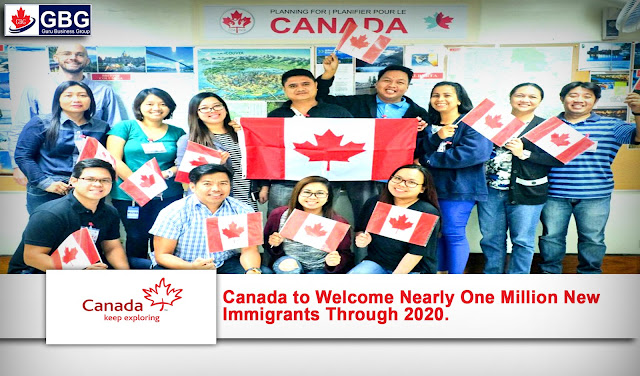 |
| Canada to Welcome Nearly One Million New Immigrants Through 2020 |
Canada to Welcome Nearly One Million New Immigrants Through 2020
Nearly one million new immigrants will settle in Canada between 2018 and 2020, under what Immigration Minister Ahmed Hussen has labeled “the most ambitious immigration levels in recent Canadian history.”
The ambitious target has been set in the government’s new multi-year Immigration Levels Plan, which was tabled in the House of Commons on November 1. Economic migrants will make up the majority of new permanent residents admitted to Canada, with most economic newcomers set to immigrate through the Express Entry immigration selection system. Targets for the economic categories generally — as well as Express Entry specifically — will increase every year until 2020.
The move to a multi-year plan deviates from previous plans rolled out annually, which have set targets for the upcoming year. After consulting with provincial governments and the business community, Immigration, Refugees and Citizenship Canada (IRCC) moved to a longer-range forecast in order to allow stakeholders to plan for appropriate service levels and use of resources.
“This historic multi-year immigration levels plan will benefit all Canadians because immigrants will contribute their talents to support our economic growth and innovation, helping to keep our country at the forefront of the global economy,” stated Minister Hussen at a press conference in Toronto.
Under the plan, 310,000 new permanent residents will settle in Canada in 2018. This target will be increased to 330,000 newcomers in 2019, with a further 340,000 to settle in 2020.

Note: the figures 2015 reflect the number of new immigrants admitted in those years. For all other years, the figures reflect the target number for the given year.
Express Entry and PNPs
Of all these newcomers, around 565,000 will be admitted through the economic programs, with close to a quarter million to arrive through one of the federal economic programs managed under Express Entry. Throughout 2017, IRCC has made it increasingly clear that Express Entry is now the main driver of economic immigration, with more Invitations to Apply (ITAs) issued so far this year than over the two previous years together.
The increased target intake for Express Entry candidates in 2017 was a contributory factor towards a decrease in Comprehensive Ranking System (CRS) cut-off thresholds this year, as an increased intake places downward pressure on CRS cut-off thresholds. Whereas the lowest score drawn in 2016 was 450, the lowest score drawn so far this year for Federal Skilled Worker Class (FSWC) and Canadian Experience Class (CEC) candidates was 413, with even lower record low thresholds for Federal Skilled Trades Class (FSTC) candidates (most recently a threshold of 241 in a draw that took place just hours before IRCC tabled its multi-year plan).
An even higher target intake for 2018 and beyond may contribute towards even lower CRS cut-off thresholds.
Express Entry target admissions
| Year | Target | Target Increase |
| 2017 | 71,700* | |
| 2018 | 74,900 | 3,200 (4%) |
| 2019 | 81,400 | 6,700 (9%) |
| 2020 | 85,800 | 4,400 (5%) |
*This does not include the target number for the Atlantic Immigration Pilot Program (AIPP)
Another 184,000 or so economic migrants and their accompanying family members will be admitted through the Provincial Nominee Programs (PNPs), which allow provinces and territories to nominate individuals based on their ability to settle into the provincial labour market. As has been the case since 2015, certain ‘enhanced’ PNP streamswill be aligned with Express Entry, while other ‘base’ streams will allow provinces to welcome new immigrants from outside the Express Entry pool. An enhanced provincial nomination is the single most valuable factor under the CRS, as it results in 600 additional CRS points and an ITA at a subsequent draw from the pool.
| PNP target admissions | |||||
| Year | Low | High | Target | Target Increase | |
| 2017 | 49,000 | 54,000 | 51,000 | ||
| 2018 | 53,000 | 57,400 | 55,000 | 4,000 (8%) | |
| 2019 | 57,000 | 63,500 | 61,000 | 6,000 (11%) | |
| 2020 | 62,000 | 68,500 | 67,800 | 6,800 (11%) | |
Next year may bring even more PNP activity than in 2017, which itself has been a busy year on this front. In January, 2018 Alberta is set to join other provinces and territories in offering an enhanced Express Entry stream, though the exact criteria for that stream remains unknown at this time. Over recent months many provinces have taken a more hands-on, dynamic approach to their Express Entry-aligned PNP streams. Ontario, for example, has targeted candidates in certain occupations, notably in Information Technology (IT). Saskatchewan has expanded its in-demand occupations list, Nova Scotia recently reopened its popular Express Entry ‘Demand’ stream, and British Columbia launched a Tech Pilot, with certain IT/tech occupations prioritized through its streams, including its Express Entry stream.
Growing the economy
Among the other economic programs, the province of Quebec will welcome 94,000 skilled workers and business immigrants over the next three years, and Canada will continue to welcome business immigrants through its federal programs, with more than 2,000 federal business immigrants persons and their family members to be admitted by the end of 2020.
Family reunification and refugee settlement remain important
Other key highlights from Canada’s multi-year Immigration Levels Plan include a target to reunite around 265,000 spouses, common-law partners, dependent children, parents, and grandparents of Canadian citizens and permanent residents through the Family Class programs, with a slight increase in the overall Family Class targets year-on-year.
Family Class target admissions
| Low | High | Target | Target Increase | |
| 2017 | 80,000 | 86,000 | 84,000 | |
| 2018 | 81,000 | 89,000 | 86,000 | 2,000 (2.4%) |
| 2019 | 82,000 | 91,000 | 88,500 | 2,500 (3%) |
| 2020 | 82,000 | 96,000 | 91,000 | 2,500 (3%) |
Since coming into office in late 2015, Canada’s Liberal government has made family reunification a priority, with measures to reduce processing times, bring in more immigrants through the Parent and Grandparent Program (PGP), and an extension of a successful work permit pilot program allowing sponsored spouses and common-law partners in Canada to work while their applications await a decision.
Canada’s long-standing tradition of resettling international refugees will also continue, with a target to approve around 43,000 refugees for permanent residence in 2018. A further 45,650 refugees may be settled in 2019, with a target for 48,700 more in 2020.
A look at 2018
The overall economic picture shows that Express Entry is set to be the main source of economic admissions in 2018.

Family Class admissions will increase slightly compared with last year, from 84,000 to 86,000, as will the number of refugees resettled in Canada, from 40,000 to 43,000.
A further 3,500 individuals are set to obtain permanent residence on humanitarian and compassionate grounds in 2018.
Building for the future
Last week the government of Canada released new details on the immigrant make-up of the country, based on data gathered during the 2016 census. Around 22 percent of Canada’s population is now made up by first-generation immigrants, all of whom settled as permanent residents and many of whom have since gone on to become naturalized citizens of Canada. Many more residents are in Canada on temporary status, such as on a work permit or as an international student.
By 2036, the share of Canada’s population made up by immigrants is projected to reach as high as 30 percent of the overall population.
Number and proportion of foreign-born population in Canada, 1871–2036

Source: StatsCan
The government’s latest Immigration Levels Plan builds on a gradual increase in the target intake over recent years. In 2011, the then-Conservative government set an overall target of around 250,000, with subsequent plans showing a gradual increase in the target year-on-year.
“This Immigration Levels Plan shows that the government is serious about growing the country for the benefit of all, but it is doing so in an incremental way. At a time of global unrest and the coming to power of less progressive governments in many developed countries, Canada is showing that there is another way to do things. A progressive, incremental approach working with business and public stakeholders, with the support of elected representatives, is the right approach,” says Attorney David Cohen.
“For individuals and families around the world, including some already in Canada, this Immigration Levels Plan may be the blueprint that allows you to make Canada your new permanent home. With the federal government and provincial counterparts tweaking their programs and strategies on an ongoing basis, it is important to get an evaluation of your options and remain vigilant for changes over the course of 2018 and beyond.”

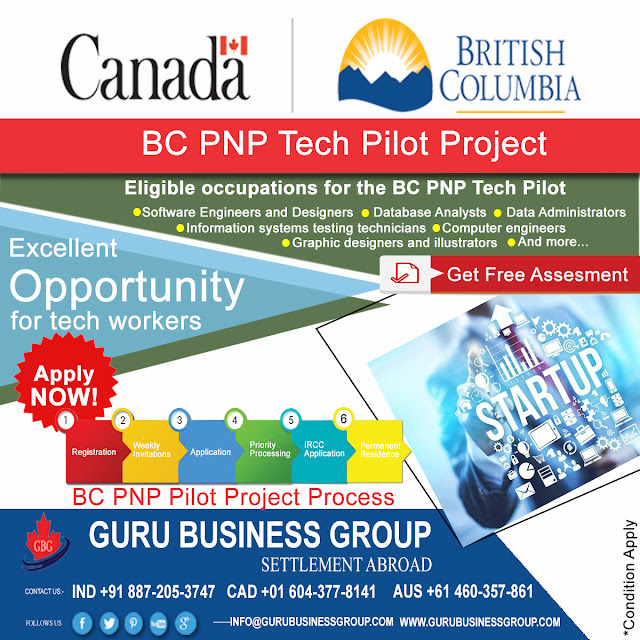
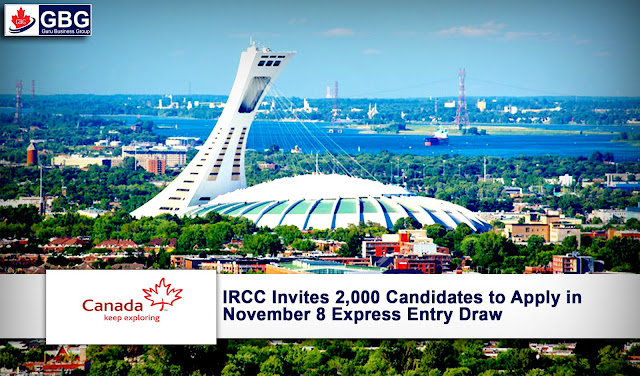


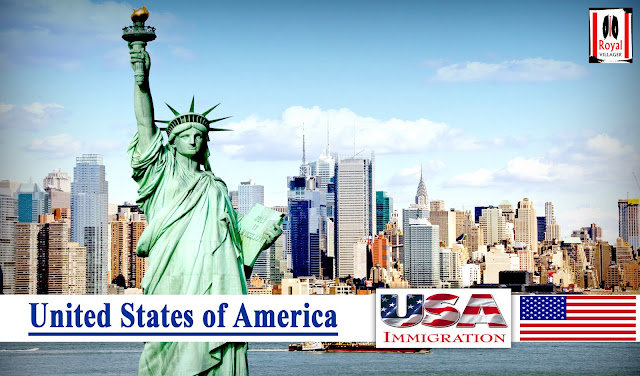
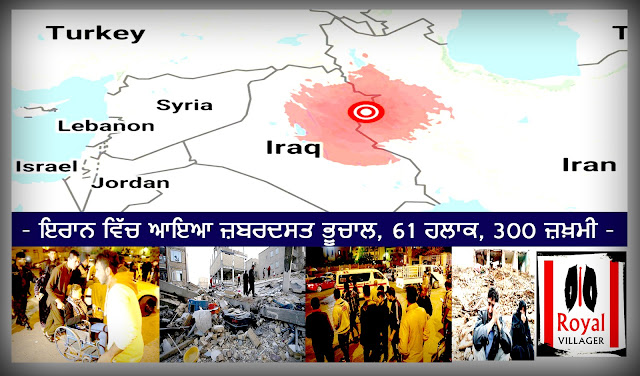
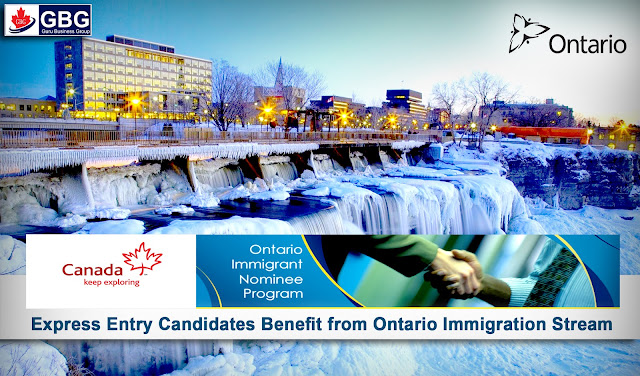
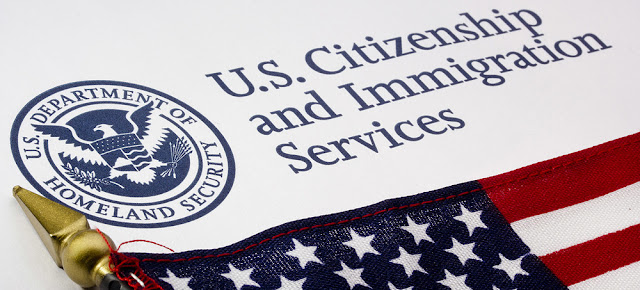
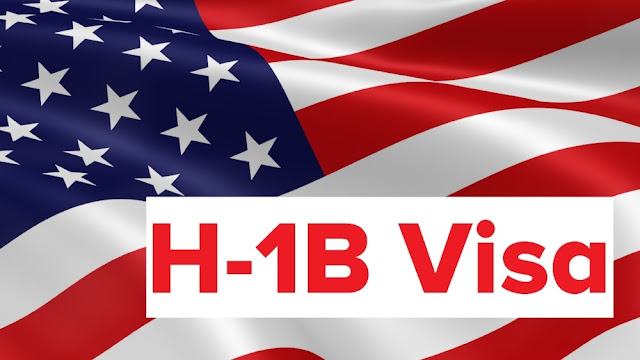
Comments
Post a Comment
Thanks for your Response...!